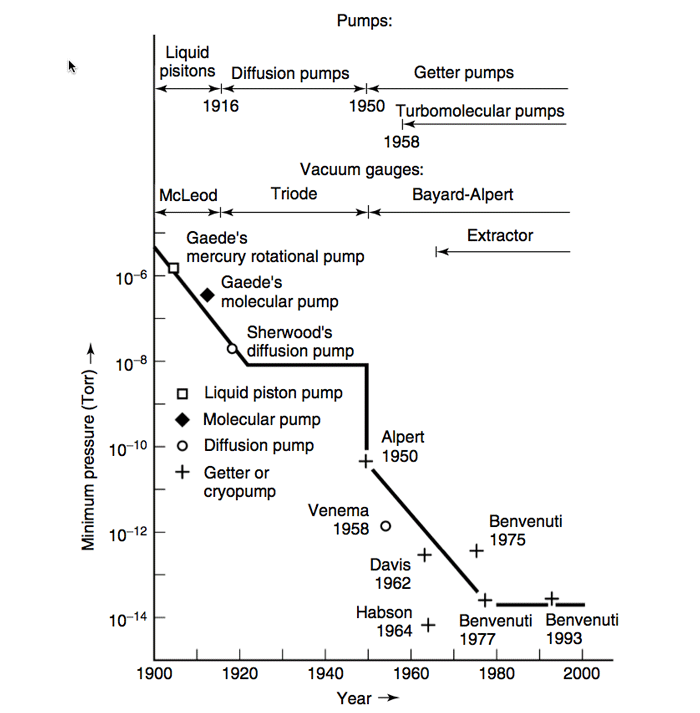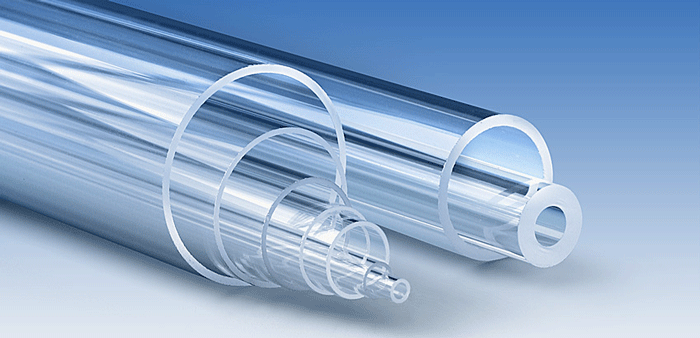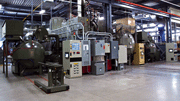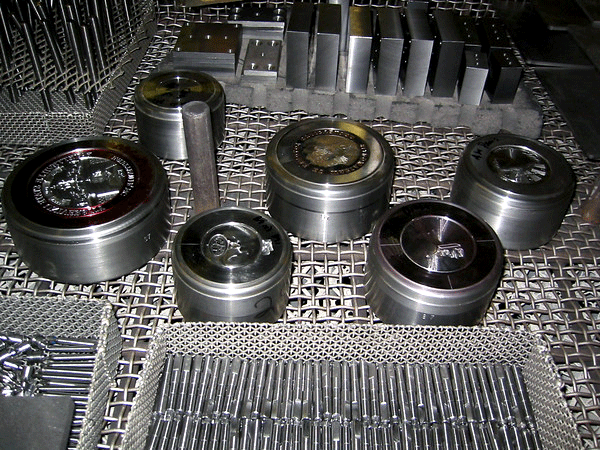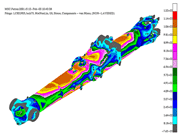The history of vacuum technology is a fascinating one. It seems to have begun in ancient Greece when the philosopher Democritus (circa 460 to 375 B.C.) proposed that the world was made up of tiny particles that he called atoms (atomos, Greek: undividable). Democritus proposed that empty space (in other words, in modern terminology, a vacuum) existed between the atoms, which moved according to the general laws of mechanics. Democritus, together with his teacher Leucippus, may be considered as the inventors of the concept of a vacuum. Our modern view of physics is heavily influenced by the ideas of Democritus.
However, it was the thinking of Aristotle (384 – 322 B.C.) that dominated the scientific community up until the 16th century. Aristotle denied the existence of a vacuum as it conflicted with the idea that the universe was comprised of countless individual particles. According to Aristotle, nature consisted of the four basic elements namely water, earth, air, and fire. In fact, the word vacuum comes to us from the Latin word “vacuus” meaning empty or “vacare” meaning “to be empty”.

